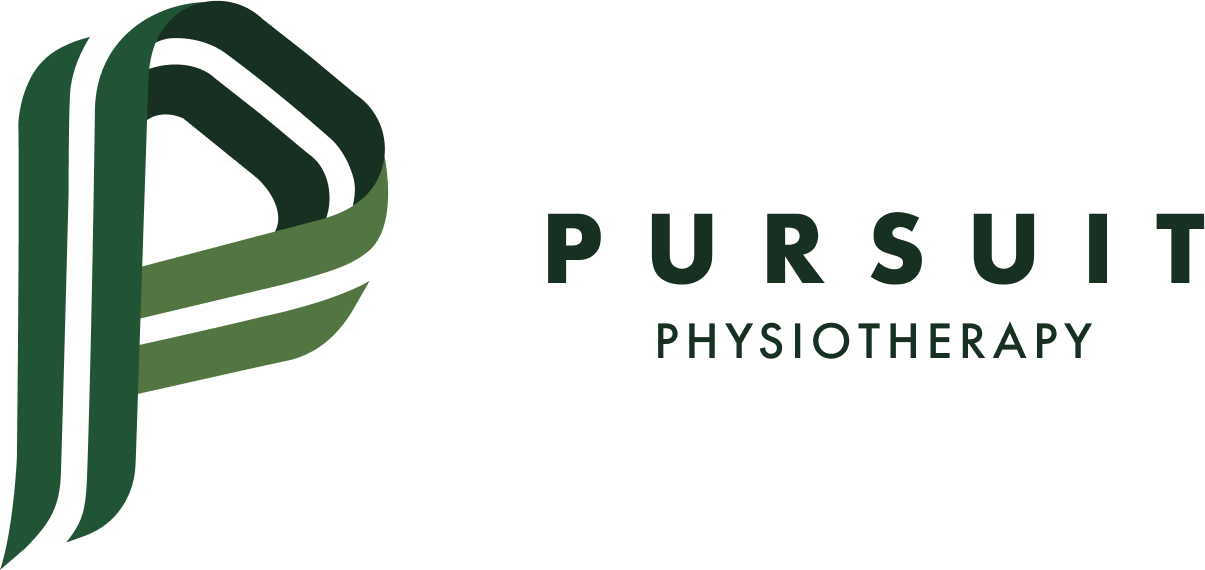Ease Your Acute Back Pain: A Comprehensive Physiotherapy Guide
Suffering a back injury can be a challenging and debilitating experience. Whether it happened due to a sudden accident or developed over time, taking the right steps during the recovery process is crucial. In this blog post, we'll explore a comprehensive guide on what to do after a recent back injury to promote healing and prevent future issues.
Context is Key
The first thing to consider is the context of how your pain occurred. If there was a serious traumatic mechanism (such as a car accident, a fall from a great height, etc) or if the pain was sudden eight out of ten or more pain should consult with a healthcare professional, preferably a doctor. They can diagnose the extent of your injury and ensure no further significant medical care is needed. We get how difficult it can be to get into a walk-in clinic these days. If the pain is significant, it is worth going to the hospital to get the care you deserve!
Follow Medical Advice
Strictly adhere to the medical advice provided by your healthcare professional. This may include taking prescribed medications, following a specific exercise routine, or a referral to another practitioner.
Rest and Gradual Movement
While rest is essential for healing, complete inactivity is arguably worse for you. Continuing to move is critical to maintaining the health of your muscles, tendons, and joints of both the affected and the rest of the body. Listen to how you are feeling but be curious about movement, sometimes while it can be painful to initiate movement, over time it can feel better. A great analogy for this is what it can feel like when jumping in a lake. At first, it feels so cold, but over time your body adapts to the temperature and it’s no longer so bad! Often, movement when we are sore can be the same experience. Follow your practitioner’s recommendations for relative rest, but also incorporate gentle movements to prevent stiffness and maintain mobility. Avoid activities that cause increased pain that persists for multiple hours.
PhysioTherapy
Consider seeking the help of a physiotherapist who can guide you through targeted exercises to reduce pain, improve flexibility, and strengthen your back muscles. Physiotherapy can play a crucial role in the rehabilitation process. The goal of physiotherapy is more than to reduce pain, it is to ensure you recapture your full strength and confidence in using your back. By the end of your treatment plan, you should feel that you have completely overcome your injury without any residual fear or apprehension to load your back, return to activity, or get back to your sport.
Pain Management
Discuss pain management strategies with your healthcare professional. This may include over-the-counter pain medications, prescription drugs, or alternative therapies like massage, manipulation or dry needling/IMS. It's important to find a balance that helps manage pain without causing additional harm.
Heat and Cold Therapy
Alternating between heat and cold therapy can help alleviate pain and reduce inflammation. There is a lot of debate around when to use which modality. Our advice is if the area looks significantly swollen (this is different from the muscles being highly contracted!), use ice packs in the initial stages. Beyond this situation, choose either or alternate between the two depending on what feels best for you. In all likelihood the most significant therapeutic value of heat or ice stems from its effect on calming your nervous system down, allowing your musculature to relax and reduce your pain sensitivity.
Maintain a Healthy Diet
Eating a nutritious diet is essential for overall health and healing. Often when we are in pain, we seek activities that provide comfort. In many instances, this can mean choosing foods that while they taste great may not be the healthiest options. Ensure you're getting sufficient vitamins and minerals, especially those that support bone health. Consult with a nutritionist if needed.
Gradual Return to Activities
As your back starts to heal, gradually reintroduce activities into your daily routine. Consider what activities you enjoy and find ways to begin them at the a lower level. For example, if you enjoy running but this currently sensitizes your back, return to walking and then commence a return-to-run program as you are able to tolerate. A slow, progressive return to activities can reduce the chances of reaggravating your back pain and help condition your body for the activities you enjoy.
Mind-Body Connection
Consider incorporating stress-reducing activities into your routine, such as breathing exercises, meditation or yoga. Stress can exacerbate pain, and these practices can help promote relaxation and overall well-being.
Conclusion
Recovering from a recent back injury requires a combination of medical guidance, self-care, and patience. By following these steps and working closely with your healthcare team of physiotherapist, massage therapist, and chiropractor in Victoria BC, you can support your body's healing process and minimize the risk of future back issues. Remember, everyone's journey to recovery is unique, so listen to your body and progress at a pace that feels comfortable and safe for you.


